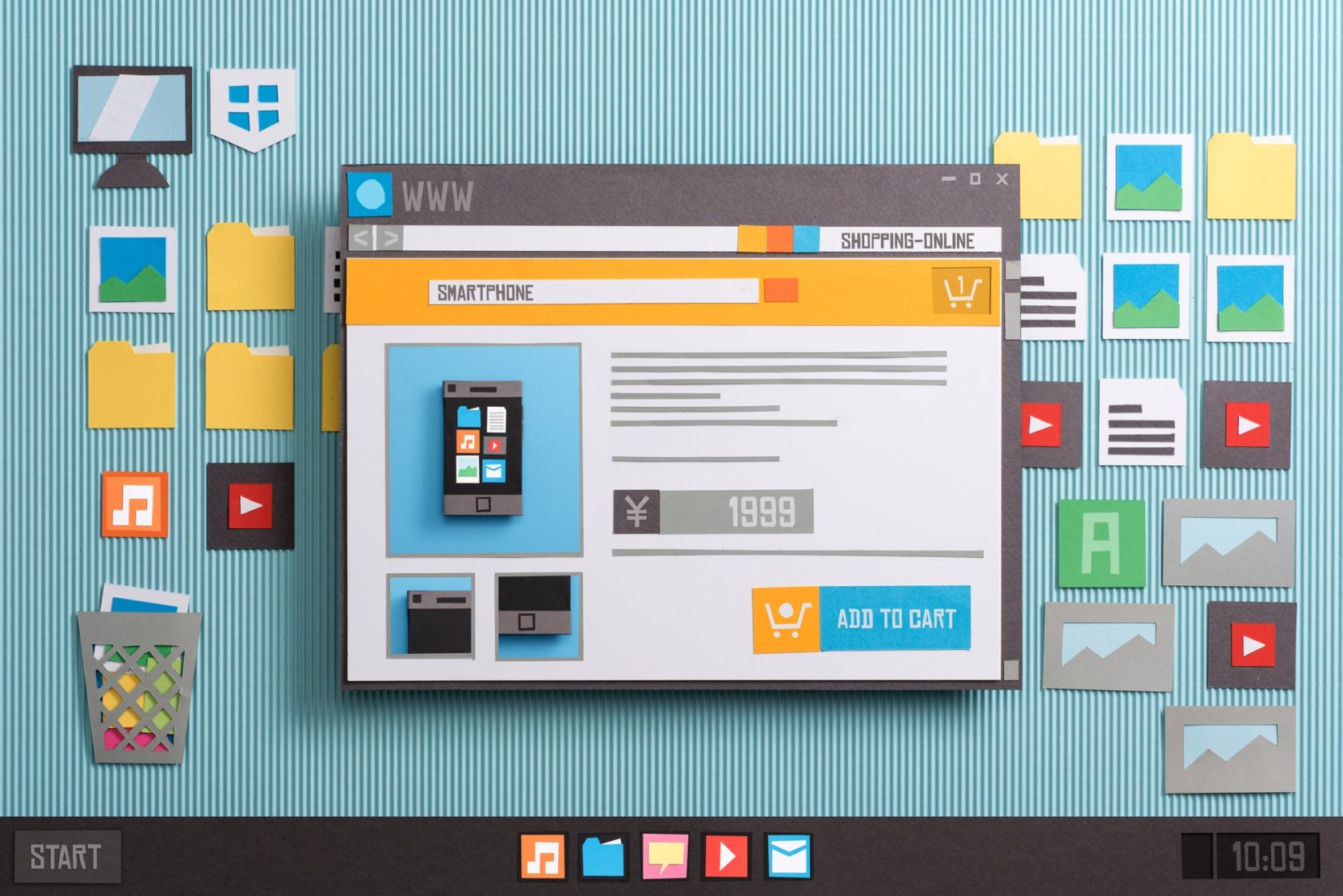MD: Do you not know the loading speed of the platform increases due to what errors? Do you want to keep users’ attention for as long as possible? Check out the top 7 common mistakes that increase your website loading time.
Must Read: 5 Easy Ways on How to Increase Website Page Speed
7 Blatant Mistakes That Increase Website Loading Time
What difference does it make if the site loads in 1 second or 5? After all, this is an instant – literally, you will not have time to blink an eye! However, this opinion is erroneous. Google research for 2021 showed that 53% of mobile users left the site if it took longer than 3 seconds to load. Unbounce marketers did the same study: 70% of Internet users admit that website loading speed affects the likelihood of a purchase.

Based on this, it becomes clear that if your site does not miss the ideal website loading time (3 seconds), you will lose half of your potential visitors before they even see the platform’s content. Agree – the statistics are impressive! For this reason, we have selected the top 7 errors that affect website loading time. Thanks to these discoveries, you will attract more visitors and take the leading positions in the search engine since Google considers the platform’s loading speed when ranking websites.
Long Distance Between Server and User

The further from your computer your hosting provider’s server is, the slower the website loads. CDN content delivery networks such as Amazon CloudFront, Incapsula, Akamai, and others will help reduce this distance. When a person visits a site, the CDN downloads web files from its server closest to the user.
Unnecessarily Visual Effects
The visual on the site is one of the essential components: if you do not use images, the page will be uninteresting. However, images are some of the heaviest files that take a long time to load. On average, 45% of the page weight is devoted to images. They become the bottleneck that increases the response time. Therefore, graphic content optimization is a top priority for speeding up their website.

The most effective way to solve the problem is to compress photos without losing quality:
- Compressor – an online service that allows you to compress images up to 10 MB for free. Compression can be up to 90%. Various compression formats are available – lossy and lossless.
- Kraken is another image compression tool. Due to its functionality, it is more convenient for streaming optimization of images. Here you can carry out bulk processing by uploading several photos at once or compress pictures directly on the page by entering its URL and getting an archive with compressed files at the output.
You can also use such platforms as WP Smush Image Compression and Optimization, Prizm Image, CW Image Optimizer. All of them will convey the brightness and essence of the image as accurately as possible.
Excess Plugins And Scripts
Website plugins are easy to use. Social media buttons, pop-ups, even snow are all plugins’ work. Thanks to these elements, you can easily make your site beautiful and comfortable for visitors. If your budget is limited and you create your site for the first time, you can use plugins.

However, too many plugins, add-ons, and scripts slow down the page loading speed, which reduces the platform’s conversion rate. If you have long-term plans for a website, we recommend contacting professionals with programming skills and knowledge to edit the website code or create a new one.
Too Many HTTP Requests
HTTP requests are protocols by which data is exchanged on the Internet during client-server interaction. These protocols are sent by the browser when displaying web pages. In response to the request, the server sends the appropriate files. An HTTP request is a request from a browser to a server.
During the download process, the size of the response header and the amount of transmitted data matter. Headings usually include the web browser version, supported data formats, desired language for displaying content, selected compression algorithms, information about the chosen cookie encoding, etc. The platform can send up to 40 requests to load colourful, well-designed web pages. If it takes about 1000 bytes to display one component, the total size will be 40,000 bytes or 40 KB.
Therefore, the more HTTP requests, the slower the page loading speed. How to implement website loading time optimization? For this, there are several options for the development of events:
- combining CSS and JS elements into separate files;
- load balancing by distributing page components between servers;
- embedding inline images into tables, CSS files;
- combining SVG graphic elements into one file.
You can reduce website loading time and hit the golden mark by combining these ideas. You will also move up the search engine rankings and earn users’ trust.
Complex Web Fonts
The inclusion of web fonts has opened up even more possibilities for the original design of modern web resources. However, at the same time, this greatly affected the performance of many resources. Especially noticeable are the delays in positioning pointers to fonts in the CSS code and the use of public services that need to be connected.
In this case, the best option for increasing website loading time is to use WOFF and WOFF2 formats, excluding all character sets except Cyrillic and Latin. There are still several ways to optimize. The first is the link rel = “preload” specification, which instantly tells the browser to load the font file. The second option is the font-display CSS property, which controls the web browser’s behaviour in the event of a delay in loading.
Heavy Video Content
Videos add value to any website. It is an effective marketing tool that motivates visitors to take targeted actions – 64% of consumers are more likely to buy products online if they can watch a product presentation video. Beyond marketing, video content is an excellent way to improve on-page behaviours: it increases the time a user spends on a site and decreases bounce rates.
However, we recommend that you refuse to upload such files to your server, even using advanced hosting. There are several reasons to do this at once. Heavy content slows down the speed of page loading. Also, you will have to constantly think about free space on hosting and scale its resources, spending additional money on it.

Also, storing files on your server can impair user interaction with the site. When viewing video concurrently, servers with limited bandwidth will cause delays and slow down the video, which will affect the quality of the user experience.
The best solution, in this case, is placing or transferring files to a third-party video hosting service. Upload the video to YouTube and then embed it on the page. So you will save space on the server, speed up the site and not worry about its constant availability for users since not every hosting provider can compare with the stability of YouTube servers today.
Delay loading of JavaScript
Overloaded JavaScript and CSS
If the JavaScript and CSS code are too long and contain many unnecessary elements, the page may load with delays. To optimize your code, you can:
- shorten the name of functions and clean up the code using special services, for example, JavaScript / CSS / HTML Compressor, CSS Compressor, JSCompress;
- place CSS files at the very beginning of the page. This way, it will be displayed gradually, component by component;
- move the JS files to the bottom of the page. Thanks to this, the browser will first load the page’s content and then the scripts.
After applying these steps, we recommend running a website loading time test. If the problem persists, double-check the above reasons for low platform load.
Final Words
The importance of page loading speed is beyond doubt. No matter how high-quality and optimized the site is, its slow loading can negate the entire project’s success. Standard methods for speeding up a site include optimizing images, videos, cleaning HTML code from unnecessary junk, and other practices detailed above. While focusing on internal optimization, it is essential not to forget about using quality hosting that matches the current site load. Finally, and most importantly, you should check download speed regularly.
About the Author:
Aston Rhodes is an experienced content creator and marketing expert from this site. Aston has been helping authors improve their blogs for over 5 years and turn this hobby into a business. She does research and discussion on tech-related topics. She enjoys sharing her experiences with a like-minded audience and writes about software development, digital marketing, business, career, and more.

